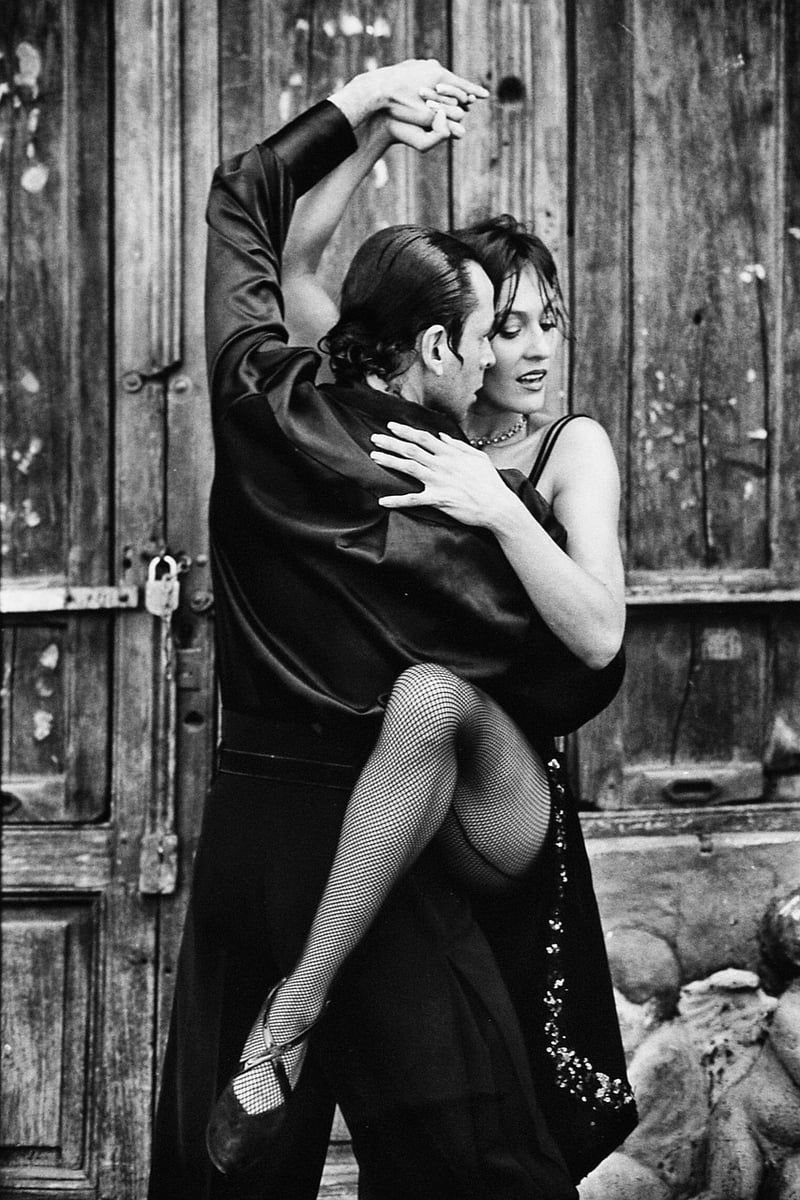Salsa
The Art of Expressive Movement in Salsa Dancing
Salsa dancing is not just about following a set of steps; it's an expression of emotions, culture, and passion. The art of salsa involves intricate movements, rhythmic footwork, and most importantly, expressive movements that convey the emotions of the dancers.
Expressive Movement in Salsa
Expressive movement in salsa is all about letting go of inhibitions and allowing your body to feel the music. It's about connecting with your partner and the music on a deeper level, translating the beats and melodies into movements that speak volumes without saying a word.
Key Elements of Expressive Movement
- Rhythm: Syncopated steps and body movements in salsa help dancers interpret the music and express themselves.
- Body Isolation: The ability to move different parts of the body independently adds flair and emotion to salsa dancing.
- Facial Expressions: Smiles, eye contact, and facial expressions play a crucial role in conveying emotions while dancing salsa.
- Connection: Building a strong connection with your partner through body language and movements enhances the expressive nature of salsa dancing.
Benefits of Expressive Movement in Salsa
Embracing expressive movement in salsa can have various benefits, including:
- Improved Communication: Non-verbal communication through dance helps dancers connect and communicate effectively.
- Emotional Release: Expressing emotions through movement can be cathartic and therapeutic.
- Enhanced Performance: Adding emotion and expression to salsa routines can make performances more engaging and memorable.
Express Yourself Through Salsa
Whether you're a beginner or an experienced dancer, incorporating expressive movement into your salsa dancing can take your skills to the next level. So, next time you hit the dance floor, remember to let your emotions flow and express yourself through the art of salsa.

For more salsa dance inspiration and tips, check out SalsaMundi.
